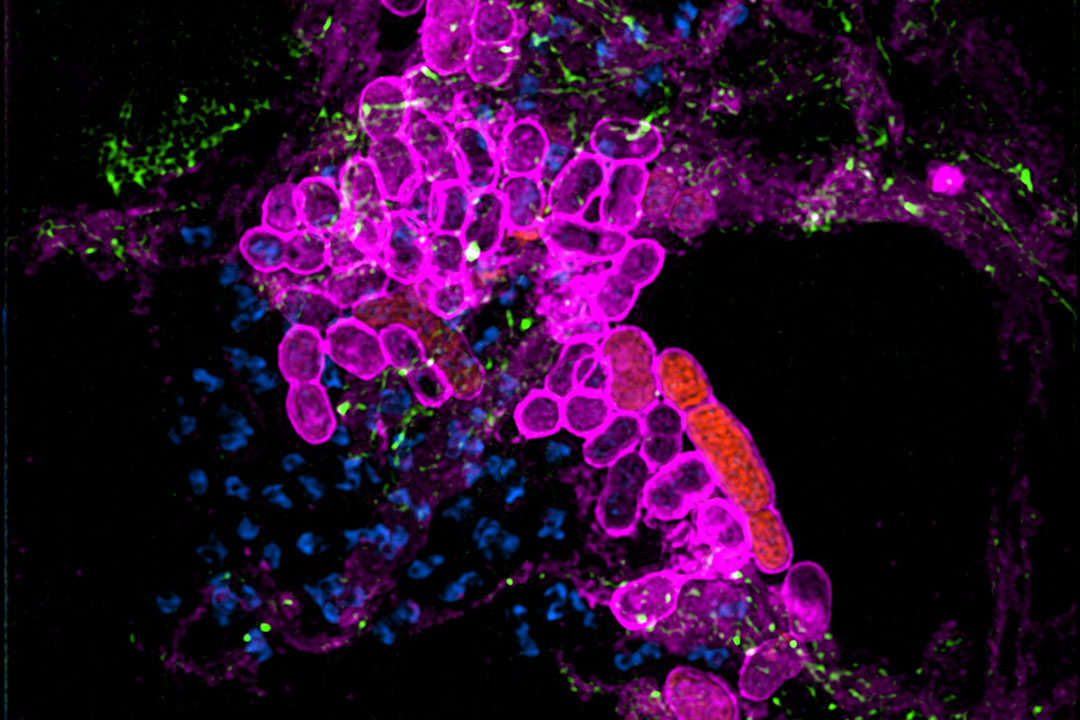When this type of antibiotic-resistant bacteria infects a host, the host responds by starving the bug of metals — nutrients essential for the bacteria’s survival. These are the first salvos in an escalating fight to infect or defend the host, according to a recently published study in PLOS pathogen.
“Like all life forms, microbes require nutrient metals for their survival and growth,” said Dr. Jessica Sheldon (PhD), a microbiologist at USask College of Medicine and lead author of the study. “Limiting access to these metals is one way the host can control the infection.”
In 2017, the World Health Organization classified it as multidrug resistant A. baumannii #1 on its list of “priority pathogens” – a catalog of bacteria that pose the greatest threat to human health and urgently require research and development of new therapeutic approaches.
According to research by the Canadian Nosocomial Infection Surveillance Program, the incidence rate is around A. baumanniiin Canada is low — just 0.015 cases per 1,000 hospital admissions, but for every 100 people infected A. baumanniialmost a quarter will die from it.
Where some bacteria depend on toxins, A. baumanniiThe strength of lies in its ability to adapt to harsh environments – dehydration, disinfection and exposure to strong acidic or basic conditions cause the bacteria to form a biofilm. Like pond silt or dental plaque, these biofilms allow the pathogen to attach to surfaces and survive and thrive in hospital environments until a suitable host is found.
But acquiring metals like iron, zinc and manganese is the key to harmfulness A. baumannii can become. When bacteria are mutated or their ability to take up metals is impaired, the consequences of infection are often far less severe.
“Iron plays a particularly important role in this A. baumannii infection,” Sheldon said.
In vitro and in a mouse model, the researchers identified that a specific protein produced by the host, lipocalin-2, is essential for controlling disease severity. Production of the protein limits the bacteria’s ability to absorb iron, reduces the chances of the host dying from a blood infection, and inhibits the growth of bacteria in the infected lungs.
The pathogen, in turn, initiates several countermeasures that enable it to absorb iron.
“During this ‘battle for metals’ A. baumannii produces small iron-binding molecules,” Sheldon said. “These molecules are able to bind iron so tightly that they can snatch it from the proteins in the host and then release it back to the bacteria. Lipocalin-2, in turn, can secrete some of these molecules, rendering them ineffective and starting an evolutionary arms race between host and pathogen for metal.”
“To develop new drugs or strategies to treat infection, we need to better understand how the host resists infection and how the bacterium overcomes that resistance,” Sheldon said. “Our data suggest that therapeutics that enhance the host’s ability to limit iron availability … could represent viable avenues for drug development.”
A. baumannii causes devastating infections such as sepsis and ventilator-associated pneumonia. Outbreaks have been linked to the ongoing COVID-19 pandemic, which is causing infections in critically ill, ventilated patients.
“Once it gets into a hospital setting, it can be extremely difficult to get rid of,” Sheldon said.
Next steps in research include a collaboration with Dr. Ninad Mehta (PhD) at the Royal University Hospital in Saskatoon to determine if A. baumannii found here genetically different from bacteria found worldwide. The results could provide clues as to why the pathogen is less common in Canada than elsewhere.
The research was completed while Sheldon completed a postdoctoral fellowship at Vanderbilt University Medical Center in Nashville, Tennessee under the supervision of Dr. Eric Skaar (PhD) and with Dr. Lauren Himmel (DVM, PhD), Dillon Kunkle (PhD), Andrew Monteith (PhD) and Research Specialist Nichole Maloney, and funded by the Canadian Institutes of Health Research and the National Institutes of Health.
#Victory #battle #metals #key #defeating #antibioticresistant #bacteria #USask #research


Leave a Comment